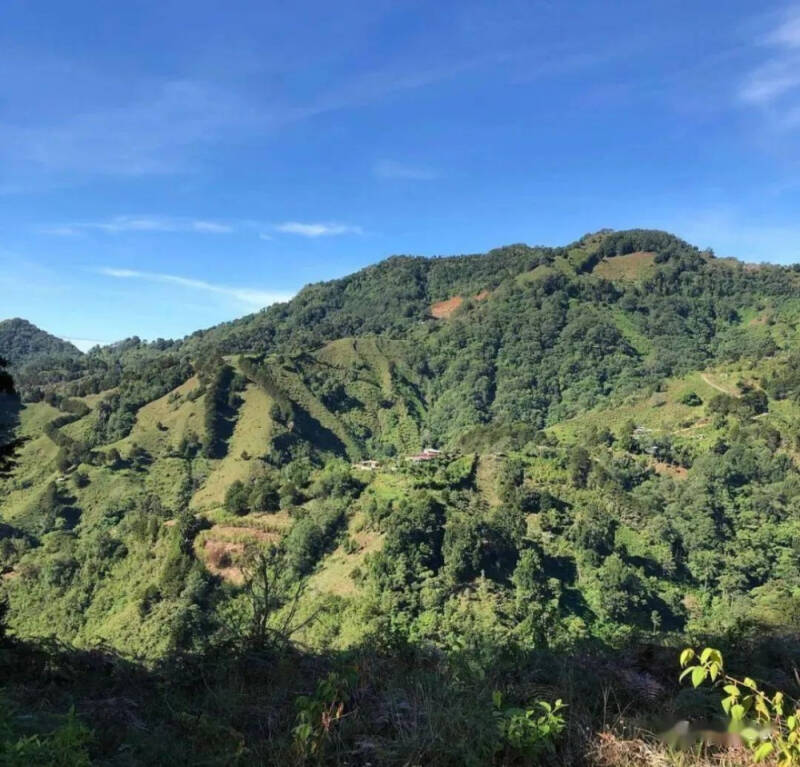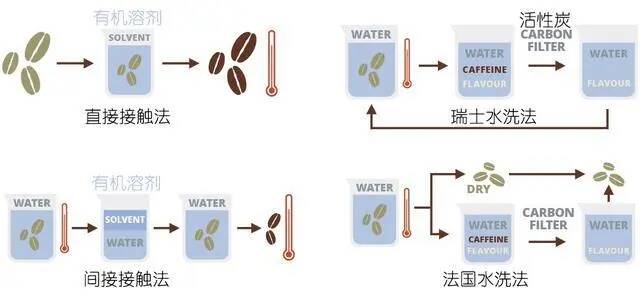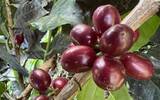Brazil IAC's research on the cultivation of "natural decaffeinated" coffee has entered a deterministic stage.
Recently, Brazilian researchers said in a decades-long study that the study is entering a decisive stage, which focuses on growing coffee plants with little or no caffeine.

A statement from the Sao Paulo state government said the findings could change the commercialization of coffee-free beans in major markets such as the United States and Europe. At present, decaffeinated coffee beans need to be treated through industrial processes, including water-based processes (such as Swiss water-washed caffeine-free method) and processes involving chemical solvents.

The Brazilian study was conducted by the Campinas Institute of Agronomy (IAC), which has had a great influence in the field of coffee agronomy since its inception in 1888. According to IAC, about 90 per cent of coffee factories in Brazil and 70 per cent of the world's coffee factories can be traced back to the development of IAC. And for more than 20 years, IAC researchers have been pursuing low-caffeine to decaffeinated to coffee plant development.
The Institute is currently growing hybrids from different coffee varieties, which may produce naturally decaffeinated coffee. At present, the results of the experiment will not be known for at least two to three years. After all, new coffee species need to go through the stages of growth, flowering and fruiting, which is a necessary stage for coffee species.
According to the Sao Paulo state government, once the caffeine-free variety is successfully planted, the Campinas Institute of Agronomy (IAC) will begin to assess whether the varieties can be produced in large quantities on a commercial scale. At present, the experiment is being carried out all over Brazil.
According to a report by Market Research Future (MRFR) Future Market Research, the global decaffeinated coffee market is expected to be worth about $26.2 billion by 2027, with a compound annual growth rate of 4.45 per cent. By 2030, the global non-caffeine market will be worth $28.86 billion, a growth driven mainly by health-conscious young people who will want to reduce their caffeine intake.
In recent years, we have also seen the emergence of natural low-caffeine varieties such as Laurina and AC1. Although these varieties provide potential solutions for drinking quality coffee while reducing caffeine, they cannot be planted in large quantities due to a variety of planting problems. So this Brazilian IAC study will be crucial for the global industry to unleash the true market potential of these varieties.
Important Notice :
前街咖啡 FrontStreet Coffee has moved to new addredd:
FrontStreet Coffee Address: 315,Donghua East Road,GuangZhou
Tel:020 38364473
- Prev

Introduction of Colombian Coffee Bean and Honduran Coffee Bean Pacas
Now, with the development of the coffee industry, coffee varieties have been bred through continuous transplantation, mutation and mating. In addition to some common varieties, Bourbon, Typica, Kaddura, Catimor and so on.
- Next

Seesaw stores are closed all over the country!
▲ Click to follow | Daily boutique Coffee Culture Magazine Coffee Workshop is entering the end of the year, and the news that several stores of boutique coffee brand Seesaw Coffee ("Seesaw") have been closed across the country has aroused widespread attention and discussion on social platforms. Not long ago, netizens sent messages one after another.
Related
- Being chased out of the rain in front of Starbucks?! Store: Sheltering from rain under umbrellas poses a safety hazard
- The white moonlight has changed?! Lucky launches "Big Winter Pear American"
- Hand-brewed coffee three-stage method, high-sweet and universal brewing method to share! What does the high sweet water level of hand-brewed coffee mean?
- What is the difference between raw, refined and full espresso coffee? How to extract espresso and taste good?
- A complete list of coffee bean names and their meanings! What is Yejia Shefi coffee? Where is Mantelin coffee?
- What grade does Arida Manor Kaduai coffee beans belong to? What treatment is Arida ASD slow anaerobic sun exposure?
- The milk tea cup becomes smaller?! Overlord Tea Girl launches a new "Return to Yunnan" series
- Accused of selling counterfeit and high-priced coffee beans! Well-known boutique coffee brand "Oukelao" bowed and apologized!
- How to make espresso dumplings? Can I eat coffee and glutinous rice balls together?
- Save the unformed and stagnant powder cakes in one second! What is the problem with stagnant water in the powder bowl of the espresso machine?

